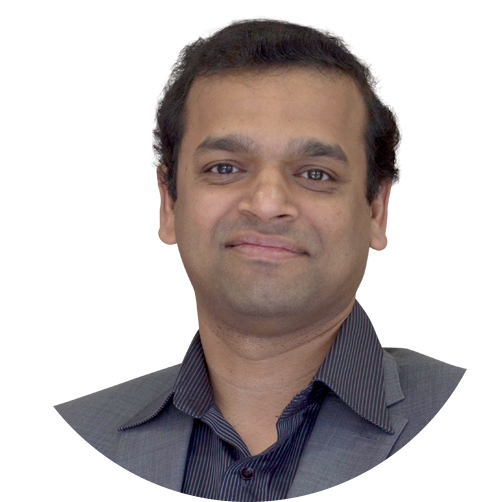
Lung Cancer
Lung cancer is the growth of abnormal cells that begin in one or both lungs, often in the cells that line the air passages. The abnormal cells divide more quickly than normal cells and form tumours.
Contact UsWhat is Lung Cancer
Lung cancer is the growth of abnormal cells that begin in one or both lungs, often in the cells that line the air passages. The abnormal cells divide more quickly than normal cells and form tumours. The tumour increases in size and eventually learns to spread (metastasise) to other parts of the body via the blood stream.

We work together to combine the highest levels of consultant-led care and patient choice with the most advanced knowledge and understanding of the disease and its forms.
Learn More About Lung Cancer
Primary lung cancer starts in the lungs, while secondary lung cancer begins somewhere else (for example breast or bowel cancer) and metastasises before reaching the lungs. Primary and secondary lung cancer are considered different types of cancers and not treated in the same way.
There are two main types of primary lung cancer: ‘small cell’ and ‘non-small cell’.
Small Cell Lung Cancer When cancer cells of this type are looked at under a microscope they are very small, hence the name. Small Cell Lung Cancer can be fast-growing and quick spreading.
Non-Small Cell Lung Cancer (there are 3 types of this cancer)
Squamous cell carcinoma: This is the most common type of lung cancer, developing in the cells that line the airways (often caused by smoking).
Adenocarcinoma: develops in the lining of the airways and comes from the cells that produce mucus (phlegm).
Large Cell Carcinoma: sometimes called undifferentiated carcinoma and gets its name from the large, rounded cells that are seen when they are examined under a microscope.
About 15–20% (1 in 5) of lung cancers are small cell, the rest are non-small cell.
Mesothelioma Mesothelioma is a less common form of cancer that affects the membrane which covers the surface of the lungs and lines the inside of the chest (the pleura). It is commonly associated with exposure to asbestos which typically occurred 30-40 years before diagnosis.
Carcinoid Tumour Carcinoid tumours can sometimes develop in the lungs. These are a type of neuroendocrine cancer: your neuroendocrine system is a network of glands that produce hormones and direct them into the bloodstream to affect organ function.
Rarer types of cancer, such as soft tissue sarcomas, can also develop in the lungs.
Causes
- Age: lung cancer rarely affects people under 40. Around 80% of lung cancers are diagnosed in people over 60 years of age.
- Cannabis: it is thought that smoking cannabis may do the same damage to your lungs as smoking cigarettes.
- Passive Smoking: increases the risk of lung cancer, although not as much as a smoker.
- Exposure to asbestos: having had long-term exposure to asbestos can give rise to a certain type of lung cancer (mesothelioma).
- Radon: exposure to high levels of radon (a gas normally found in the soil) has links to lung cancer.
Symptoms
Lung cancer can be difficult to diagnose as many of the initial symptoms are much more commonly explained by simple chest infections or long-standing lung disease. They include;
- difficulty breathing
- a cough that doesn’t go away or a change in a long-term cough
- repeated chest infections that do not go away even after antibiotics
- wheezing
- Feeling more tired than usual
- hoarse voice
- coughing up blood-stained phlegm
- pain in your chest, especially when you cough or breathe in
- loss of appetite
- weight loss
- swelling around your face and neck
- difficulty swallowing
If your doctor is concerned they will arrange a chest x-ray which gives a simple view of the chest and usually shows any major abnormalities.
Diagnosis
Most patients will have had a chest x-ray which will automatically trigger a CT scan if the radiologist (specialist doctor reporting x-rays) is concerned.
Not everyone who needs a CT will have lung cancer. Chest x-rays often show changes which need further imaging e.g. infection, old tuberculosis, collapsed lung. These conditions commonly do not need any further treatment.
Following the CT scan, you will be seen by a respiratory doctor who will arrange more tests as necessary. These may include
Pulmonary Function Tests Are a broad range of tests that measure how well the lungs take in and expel air and how efficiently they transfer oxygen into the blood.
Bronchoscopy This test uses a small tube with a camera attached, passed down your airway, through your nose or your mouth and into your lungs.
Endobronchial Ultrasound (EBUS) An EBUS is a special type of bronchoscopy scan that uses ultrasound to take pictures of the lungs.
Lung biopsy During a bronchoscopy, EBUS or CT scan, a doctor might take small amounts of tissue samples from your lung, called biopsies.
Mediastinoscopy This test uses a small tube with a camera, similar to that used in a bronchoscopy, so that your doctor can look into the central part of your chest at the lymph glands, making a small cut at the base of your neck to put the tube in. Biopsies can also be taken.
Using the information gathered by these investigations, the cancer multi-disciplinary team can come up with a plan of treatment or treatment options. This will be discussed with you at your appointment.
Let's Talk
Fill in your details below and a member of our Patient Care Team will be in touch.Our Trusted International Healthcare Insurance Partners















